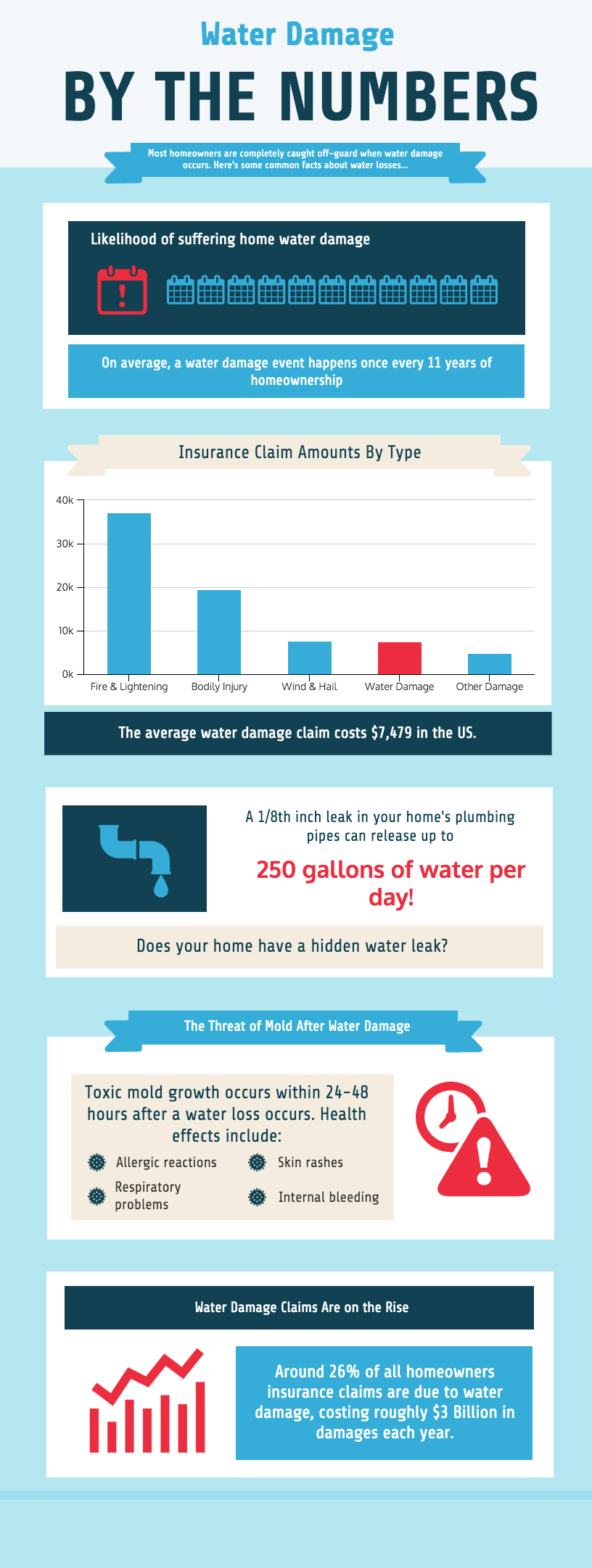Leverage The Complex Balance Of Expenses And Ecological Influence To Uncover The True Capacity Of Solar Power Versus Traditional Sources
Leverage The Complex Balance Of Expenses And Ecological Influence To Uncover The True Capacity Of Solar Power Versus Traditional Sources
Blog Article
Material Created By-Jain Bolton
When examining the stability of solar power versus standard power sources, you might find yourself considering the lasting sustainability and impact on your funds. The elaborate balance in between first costs, ongoing costs, and ecological implications elevates sixty-four-thousand-dollar questions about the future of power generation. As you browse through the complexities of this contrast, a much deeper understanding of the nuances in cost-effectiveness, environmental stewardship, and power security awaits expedition.
Cost-Effectiveness Contrast
When comparing the cost-effectiveness of solar power with traditional energy resources, it becomes noticeable that initial financial investment distinctions play a pivotal role in figuring out long-lasting cost savings.
While solar energy systems need a higher in advance financial investment for setup and devices, they use significant long-term advantages that can surpass the preliminary costs. The key hinge on understanding that solar power systems have very little recurring functional and maintenance costs contrasted to conventional energy sources like fossil fuels.
By purchasing solar energy, you can potentially reduce energy expenses over the system's life-span. Additionally, with advancements in modern technology and decreasing installation prices, solar power has come to be more accessible and economical for home owners and companies alike. These savings can collect over time, offering a roi that goes beyond typical energy sources.
Additionally, solar power systems provide the advantage of energy freedom and stability versus changing utility prices. By harnessing take a look at the site here of the sunlight, you contribute to a cleaner setting and decrease your carbon impact. Embracing solar energy not only benefits your wallet but also the earth in the future.
Environmental Impact Analysis
Solar energy presents an appealing option to traditional power resources because of its dramatically lower ecological effect. Unlike fossil fuels that discharge dangerous greenhouse gases and contribute to air pollution, solar energy generates electrical energy without producing any type of discharges.
The process of using solar power involves catching sunshine via photovoltaic panels, which doesn't release any type of pollutants into the environment. This lack of exhausts helps reduce the carbon impact connected with energy manufacturing, making solar energy a cleaner and more sustainable alternative.
Additionally, making use of solar power contributes to preservation efforts by decreasing the need for limited resources like coal, oil, and natural gas. By depending on the sunlight's bountiful and renewable energy source, we can aid protect all-natural environments, secure ecological communities, and minimize the adverse influences of resource extraction.
Integrity and Energy Landscape Analysis
For a comprehensive evaluation of dependability and the power landscape, it's vital to evaluate exactly how solar power compares to conventional sources. Solar power is picking up speed as a dependable and sustainable power resource. While traditional resources like coal, oil, and natural gas have been traditionally dominant, they're finite and contribute to environmental degradation.
Solar power, on the other hand, is plentiful and renewable, making it a more lasting alternative over time.
In best companies in solar energy of integrity, solar power can be depending on climate condition and sunshine schedule. Nonetheless, improvements in modern technology have actually led to the growth of power storage space options like batteries, enhancing the integrity of solar energy systems. Conventional resources, however, are at risk to price variations, geopolitical stress, and supply chain interruptions, making them less reliable in the long term.
When evaluating the energy landscape, solar energy provides decentralized energy manufacturing, decreasing transmission losses and enhancing energy protection. Conventional sources, with their centralized power plants, are more at risk to interruptions and require comprehensive framework for circulation.
Conclusion
In conclusion, when comparing solar energy to standard power resources, it is clear that solar energy supplies a cost-efficient, environmentally friendly, and reliable choice. With marginal operational costs, potential cost savings on utility costs, and a dramatically reduced ecological effect, solar power is coming to be an extra lasting and secure alternative. Accepting solar power can help reduce greenhouse gas emissions and contribute to preservation initiatives, making it a compelling option for the future.
